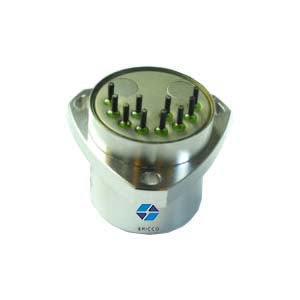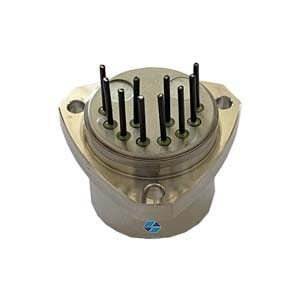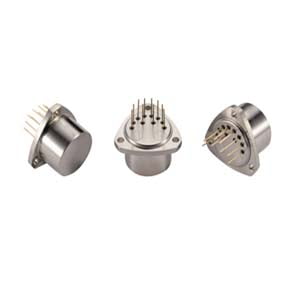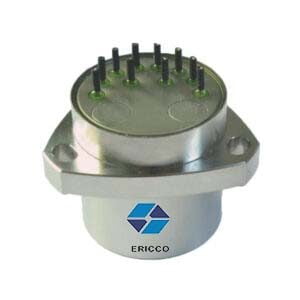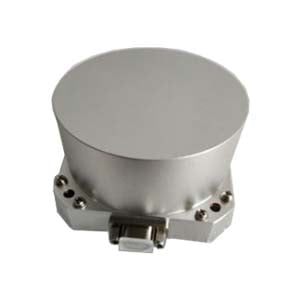1.Introduction:
In the realm of sensor technology, accelerometers play a pivotal role in various industries, from automotive to aerospace, healthcare to consumer electronics. Their ability to measure acceleration and tilt across multiple axes makes them indispensable for applications ranging from vibration monitoring to inertial navigation. Among the diverse types of accelerometers, quartz flexible accelerometers stand out for their precision and versatility. In this article, we delve into the intricacies of identifying quartz flexible accelerometers through vibration analysis, exploring their design, working principles, and the significance of vibration analysis in optimizing their performance.
2.Importance of Vibration Analysis:
For the accelerometer to be identified, first, conduct multi-directional vibration table tests on it. Obtain rich raw data through data acquisition software. Then, based on the test data, on the one hand, combine the overall least squares algorithm to identify its high-order error coefficients, improve its signal model equation, enhance the measurement accuracy of the sensor, and explore the relationship between the high-order error coefficients of the accelerometer and its operating status.
Seek methods to identify its operating status through the high-order error coefficients of the accelerometer. On the other hand, extract its effective feature set, train neural networks, and finally modularize the effective data analysis algorithm through virtual instrument technology. Develop application software for identifying the operating status of quartz flexible accelerometers to achieve rapid and accurate identification of sensor operating status. This will help personnel to promptly improve internal circuit structures, enhance the measurement accuracy of accelerometers, and improve the yield of manufactured products during the processing and manufacturing process.
Vibration analysis serves as a cornerstone in the characterization and optimization of quartz flexible accelerometers. By subjecting these sensors to controlled vibrations across different frequencies and amplitudes, engineers can evaluate their dynamic response characteristics, including sensitivity, linearity, and frequency range. Vibration analysis helps identify potential sources of error or non-linearity in accelerometer output, enabling manufacturers to fine-tune sensor parameters for enhanced performance and accuracy.
3.Identification Process:
The identification of quartz flexible accelerometers through vibration analysis involves a systematic approach encompassing experimental testing, data analysis, and validation. Engineers typically conduct vibration tests using calibrated shakers or vibration excitation systems, exposing the accelerometers to sinusoidal or random vibrations while recording their output signals. Advanced signal processing techniques such as Fourier analysis and spectral density estimation are employed to analyze the frequency response of the accelerometers and identify resonance frequencies, damping ratios, and other critical parameters. Through iterative testing and analysis, engineers refine the accelerometer model and validate its performance against specified criteria.
4.Applications and Future Prospects:
Quartz flexible accelerometers find applications across a diverse array of industries, including structural health monitoring, aerospace navigation, automotive testing, and industrial machinery diagnostics. Their high precision, robustness, and versatility make them indispensable tools for engineers and researchers striving to understand and mitigate the effects of dynamic forces and vibrations. Looking ahead, ongoing advancements in sensor technology and signal processing algorithms are poised to further enhance the performance and capabilities of quartz flexible accelerometers, unlocking new frontiers in vibration analysis and dynamic motion sensing.
In conclusion, the identification of quartz flexible accelerometers through vibration analysis represents a critical endeavor in sensor technology, enabling engineers to unlock the full potential of these precision instruments. By understanding the working principles, conducting thorough vibration analysis, and refining sensor performance, manufacturers and researchers can harness the capabilities of quartz accelerometers for a myriad of applications, ranging from structural monitoring to advanced navigation systems. As technological innovation continues to accelerate, the role of vibration analysis in optimizing sensor performance will remain paramount, driving advancements in precision measurement and dynamic motion sensing.
5.Conclusion
Ericco provides high-precision quartz flexible accelerometers, such as ER-QA-01A3, with small error and high precision, which have a bias stability of 10μg, scale factor repeatability of 10ppm, and a weight of 80g, and can be widely used in the fields of oil drilling, carrier microgravity measurement system, and inertial navigation.
More Technical Questions
1. Full-temperature Performance Optimization Method For MEMS accelerometer
2. A Closed-loop Test Method for Damping Coefficient of Q-Flex Accelerometer
3. Driving Automotive Evolution: MEMS Accelerometers
4. Factors Affecting the Stability of Q-Flex Accelerometers
5. Structure Design of High Precision Quartz Flexible Accelerometer
6. Methods to Maintain the Long-Term Performance of Quartz Flexure Accelerometers



